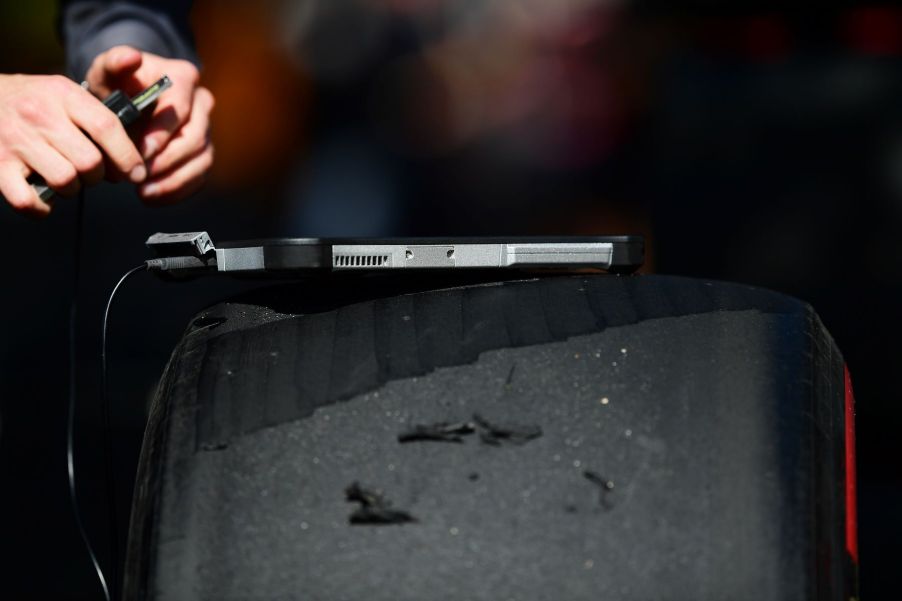
Don’t Let Uneven Tire Wear Put You in Harm’s Way
Your car’s tires keep your vehicle on the road. They provide the grip or traction needed to stop your vehicle when you apply the brakes and turn your vehicle when you move the steering wheel. Uneven tire wear is an early warning sign of potential problems within your car’s steering and suspension systems.
Driving on worn-out tires is dangerous

Car tires contact the ground on a small area referred to as the contact patch, and any water encountered on the road channels through the grooves between the tire tread, allowing the tire to maintain contact with the road surface.
New car tires possess deep tread spread out in a uniform depth and pattern across the tire’s surface and around its circumference. Worn tires have shallow, sometimes uneven tread that forces water between the tire and the roadway resulting in hydroplaning and loss of control.
There are other risks besides hydroplaning on wet roads. For example, worn car tires can lose air pressure leading to underinflation, a leading cause of blowouts. They also tend to pick up debris like nails and screws more frequently, which causes flat tires.
Common wear patterns and their causes
The Family Handyman lists five common tire wear patterns and what causes them. We’ll cover a few of them here:
- Center wear – Usually caused by inflating tires above their recommended pressure, which removes tread down the middle of the tire’s circumference, leaving a prominent tread depth on either side.
- Outer edge wear – Driving on tires inflated under their recommended pressure leads to rough tread on both edges of the tire’s surface. Underinflation is the leading cause of tire blowouts, leading to loss of control and vehicle crashes.
- Excessive inner or outer tread wear – Your car has specific requirements for angles to the other tires and the ground. Worn components or hitting something like a pothole can cause misalignment and lead to tread wear on one edge or the other.
- Cupping – When shock absorbers or struts become degraded and ineffective, they allow your tires to bounce down the road leading to uneven wear patterns around the tire’s circumference.
How to prevent premature uneven tire wear
Preventing uneven tire wear depends on two main aspects: smooth driving and proper preventive maintenance. Smooth driving requires avoiding potholes and road debris along with gentle acceleration, braking, and cornering. So, basically not driving it like a racecar. On the other hand, proper preventive maintenance is a little more complicated.
To get the most from your car’s tires, check your tire pressure and visually inspect them monthly, looking for uneven tread, embedded objects, and bulges or cracks in the rubber. Also, have your tires rotated twice per year or 6,000 to 8,000 miles and rebalanced if you feel unusual vibrations at highway speeds. Finally, have your car’s alignment checked annually. A reputable alignment shop will inspect your steering and suspension components for wear during this process.
How often should you replace your car tires?
Most tires have wear indicators molded into the base of the tread. It’s time to replace them when the tread wears down, even with these indicators, or you can use a tread depth gauge to measure them. Bob Lacivita of Family Handyman recommends replacing your car’s tires when the tread depth measures 1/8-inch or less. Of course, you should replace any damaged or unevenly worn tires immediately.



